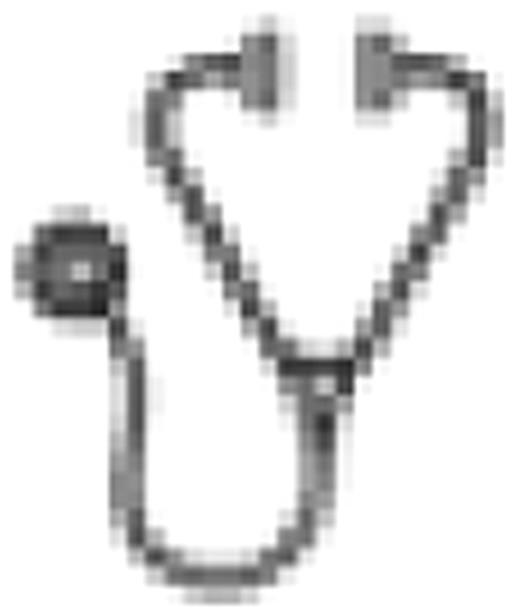Abstract
Poster Board II-570
Trisomy 8 (+8) is one of the most common cytogenetical abnormality observed in acute myeloid leukemia (AML). The prognostic impact of +8 as sole aberration remains unclear and +8 may be classified either within intermediate- or high-risk subgroups. Recently, the prognostic impact of cytogenetic in AML has been refined by the identification of: 1) favorable genotypes in cytogenetically normal (CN) AML defined by the presence of either NPM1 gene mutation (NPM1m) or CEBPA gene mutation (CEBPAm) and the absence of FLT3 duplication (FLT3/ITD); 2) highly unfavorable AML with monosomal karyotype (MK). The aim of this study was to precise the prognostic impact of: 1) additional +8 in various cytogenetic risk subgroups; and 2) +8 as sole aberration when compared to different CN-AML genotypes.
A total of 2087 patients with AML (AML-M3 excluded) were treated in the LAM-2001, LAM-SA-2002, ALFA-9802 and ALFA-9801 studies from the French AML Intergroup. After central review, cytogenetic analysis was considered successful in 1796 patients. Abnormalities were categorized according to the French AML Intergroup classification. All analysis (complete remission, CR; overall survival, OS; probability of continuous complete remission, %CCR) were stratified on studies.
+8 was present in 171/1796 (9.5%) with a similar incidence among the different cytogenetic subgroups: 22/243 fav-risk (9.1%), 99/1121 int-risk (8.8%), and 50/432 unfav-risk (11.6%). The incidence of +8 was significantly higher in MK-AML versus non MK-AML (30/223, 13.5%, p=.04). In none of these subgroups (fav, int, unfav, and MK), the presence of +8 was associated with a significantly different outcome (CR, OS, %CCR). When compared to patients with CN-AML, the 78 patients with +8 as sole anomaly had a similar age, a lower WBC (median WBC: 5 G/L vs 11.5 G/L, p=.004), a similar incidence of FLT3/ITD (22.2% vs 23.7%, 6/27 vs 101/426, p=.99), and a lower incidence of NPM1m (23.8% vs 46.5%, 5/21 vs 187/402, p=.05). In patients with +8 as sole anomaly, prognostic factors associated with a shorter OS were age (p=.01), high WBC (p=.01), and presence of +8 in all analyzed metaphases which was found in 1/3 of patients (p=.05). In those patients, when compared to CN-AML in general, CR rate was similar (88% vs 87%, p=.99), but %CCR and OS were shorter without, however, reaching significance (5y-%CCR: 31.8% vs 45.7%, p=.18). When compared to CN-AML patients with favorable genotypes (NPM1m or CEBPAm w/o FLT3/ITD), patients with +8 as sole anomaly had now a lower CR rate (87% vs 93%, p=.13) and significantly shorter %CCR and OS (5y-%CCR: 37.4% vs 57.8%, p=.05; 5y-OS 35.6% vs 59.0%, p=.05). Conversely, the prognosis of patients with +8 as sole anomaly appeared similar to that of patients with CN-AML w/o favorable genotypes (5y-OS: 32.6%).
We report here the largest cohort of patients with +8. Additional +8 is equally distributed among cytogenetic risk subgroups and does not impact prognosis in each of these subgroups. Patients with AML with +8 as sole anomaly have an outcome comparable to that of CN-AML without favorable genotypes, suggesting that these patients should be managed similarly.
No relevant conflicts of interest to declare.

This icon denotes an abstract that is clinically relevant.
Author notes
Asterisk with author names denotes non-ASH members.

This feature is available to Subscribers Only
Sign In or Create an Account Close Modal